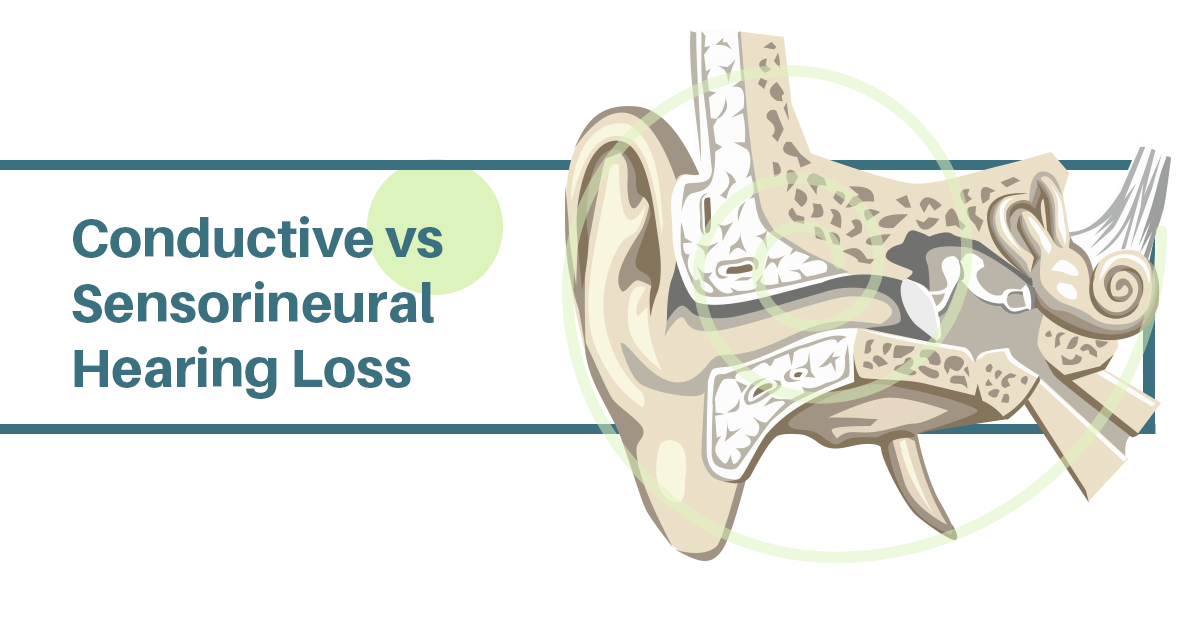Causes of Conductive Hearing Loss

A comprehensive history and physical examination can help identify a potential cause of conductive hearing loss. A pure tone audiometry test can also help confirm the diagnosis. The differential diagnosis of conductive hearing loss is important because it helps to guide subsequent investigations and management. If you suspect that you may be suffering from conductive hearing loss, your physician may suggest additional testing or investigations.
Otosclerosis
Otosclerosis is a condition of the middle ear that causes gradual hearing loss. The condition is caused by a problem with the tiny bones of the middle ear, known as the stapes. These bones are responsible for transmitting sound waves to the cochlea. In people with otosclerosis, the bones grow abnormally and the stapes can no longer transmit sound waves effectively. It can develop in both ears and can worsen during pregnancy.
The most common symptom of otosclerosis is hearing loss. Hearing loss usually begins in one ear and gradually spreads to the other. People with this condition may also experience difficulty hearing low-pitched sounds, such as whispers. They may also experience balance problems and dizziness. Some people also experience tinnitus, a ringing sensation in the ear.
Barotrauma
Barotrauma, or excessive pressure in the middle ear, can cause mild to severe hearing impairments. This condition may be caused by a leakage of fluid or bleeding in the ear. A doctor can diagnose the condition by taking a medical history and performing a hearing and balance test. If the condition is severe, it may lead to an eardrum rupture. Treatment will depend on the severity of the hearing loss and the cause of the pressure.
People who are exposed to large amounts of high-pressure air are at a higher risk for barotrauma. These injuries often occur in patients receiving mechanical ventilation, such as those with acute respiratory distress syndrome. While the effects of this condition vary from one patient to another, they can be excruciating for the affected person.
Blockage of the ear canal
One of the most common causes of conductive hearing loss is blockage of the ear canal. When this happens, the eustachian tube does not open properly, resulting in negative pressure in the middle ear. This pressure causes the ear drum to retract, causing an obstruction. This condition can also lead to fluid buildup inside the middle ear. In addition to hearing loss, it can also cause ear pain and discomfort.
Other causes of conductive hearing loss include ear infections, ear wax buildup, and foreign objects that have been pushed into the ear canal. Sometimes, the ear canal becomes blocked due to infection or trauma to the ear, and a foreign body may get lodged in the middle ear, blocking it. If this occurs, it may result in further impaction and rupture of the eardrum. Therefore, it is essential to avoid putting objects in the ear canal.
Damage to the hearing nerve
There are several different causes of conductive hearing loss, but the most common cause is damage to the hearing nerve. Some diseases and conditions affect this nerve, including aging, certain infections, and certain medications. Other causes are illnesses, repeated exposure to loud noise, and loop diuretics. Damage to the eighth cranial nerve is also a result of certain types of brain tumors. Acoustic neuromas are more common than cancerous tumors and can cause damage to the hearing nerve by pressing on areas of the brain stem that carry sound signals.
Another common cause of conductive hearing loss is a defect in the middle ear. This defect can be caused by a head trauma, or by a disease such as otosclerosis. This disease process causes calcification of the stapes, which results in a gradual loss of hearing.
